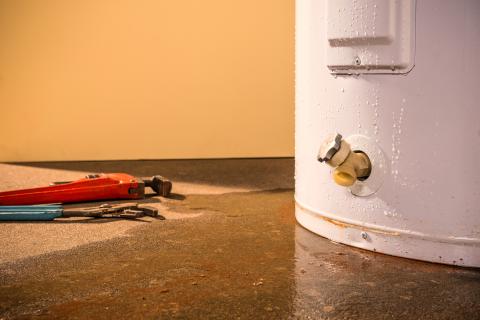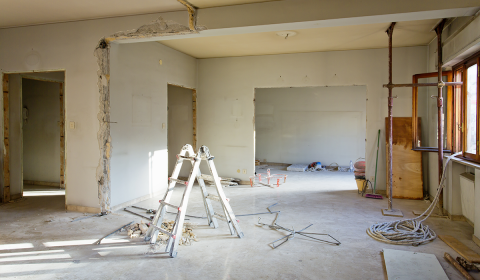By properly closing your backyard this fall, you'll be able to open it up seamlessly next spring. Keep reading for a handy guide.
1. Flowers and Flowerbeds
Remove dead flowers and weeds. Unless they show signs of disease, leave dead leaves on the ground to provide your flowers with effective, natural insulation.
2. Shrubs and Plants
Protect plants at risk of collapsing under the snow. Use burlap and wooden stakes. Be careful: if you cover them too quickly, you'll deprive them of sunlight and air. Mulch at the base of the plants will act as an insulator and keep their roots warm.
3. Leaves
Fallen leaves protect biodiversity and nourish the soil. So mow without a collecting bag. The shredded leaves will scatter over the lawn, providing fertilizer. However, a thick layer of leaves can suffocate the soil. What's more, their potential rotting would be very bad for the lawn.
4. Lawn
Mow your lawn for the last time in early November, leaving three to five centimetres of grass. In addition, enrich your lawn with a fall/winter fertilizer. Rich in potassium, it will ease the transition to spring and speed up the greening of the lawn.
5. Swimming Pool
Drain water up to 50 cm below the skimmer. Pour in the products in the closing kit, including a degreaser to reduce the risk of water staining the canvas. Drain water from filter, heater and pipes. Keep the pump warm and dry. If you leave the hoses in place, secure their ends. Set filter to winterize position. Replace ladder, thermometer and other accessories. Scrub uncovered liner with soap, then pour one or two gallons of antifreeze down pipes and drain. Install a protective cover to prevent leaves and debris from falling into the water, and to block UV rays.
6. Hot Tub-Spa
Empty it completely, remove the jets and siphon off each hose to dry them out. Clean your lid and apply leather moisturizer. This will prevent it from cracking and drying out. Use the hot tub to store cushions, small patio furniture and other accessories. Cover with a tarp.




